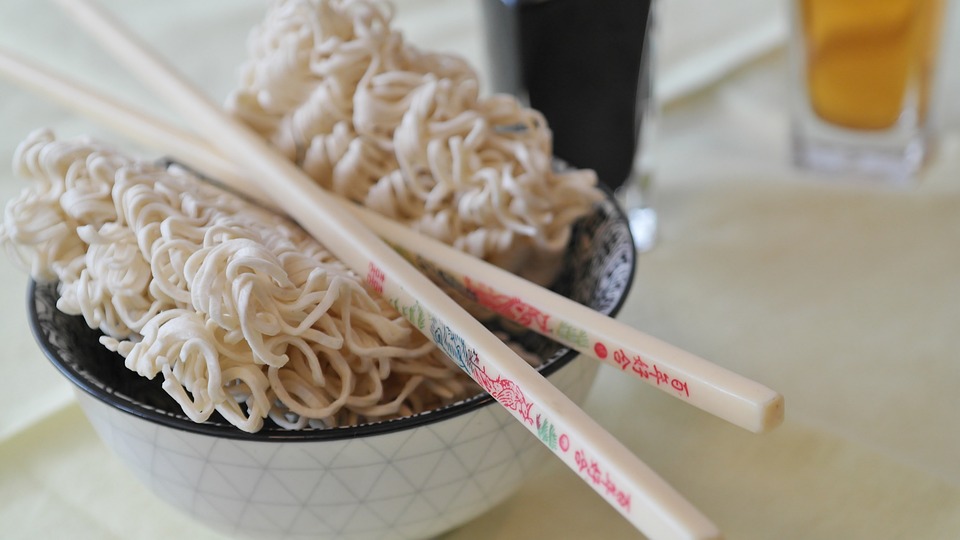[ad_1]
When it comes to Japanese cuisine, soy sauce and tamari are two essential condiments that add depth and flavor to a variety of dishes. While they may look and taste similar, there are key differences between the two that make them distinct from each other. In this article, we will delve into the differences between soy sauce and tamari, and understand how they are used in cooking.
Soy Sauce
Soy sauce is a staple condiment in Asian cuisine, particularly in Chinese and Japanese dishes. It is made from fermented soybeans, roasted grains, salt, and water. The fermentation process gives soy sauce its distinct umami flavor, rich color, and savory aroma. There are different types of soy sauce, including light soy sauce, dark soy sauce, and low-sodium soy sauce, each with its own unique flavor profile and uses.
Tamari
On the other hand, tamari is a type of soy sauce that originated in Japan. It is made specifically from fermented soybeans, without the addition of any grains. As a result, tamari is gluten-free, making it a popular alternative for those with gluten sensitivities or allergies. Tamari has a richer and milder flavor compared to regular soy sauce, and it is often used as a dipping sauce, marinade, or seasoning in Japanese cuisine.
Key Differences
While both soy sauce and tamari are made from fermented soybeans, there are several key differences between the two:
- Ingredients: Soy sauce is made from fermented soybeans, roasted grains, salt, and water, while tamari is made exclusively from fermented soybeans without the addition of grains.
- Flavor: Soy sauce has a saltier and more intense flavor compared to tamari, which has a richer and milder taste.
- Gluten content: Tamari is gluten-free, making it a suitable option for those with gluten sensitivities, while regular soy sauce may contain gluten from the addition of grains.
- Usage: Soy sauce is commonly used in a wide variety of Asian cuisines, including Chinese, Japanese, and Korean dishes, while tamari is primarily used in Japanese cooking and as a gluten-free alternative in other cuisines.
Usage in Cooking
Both soy sauce and tamari are versatile condiments that can be used in a range of dishes to add depth and flavor. Soy sauce is often used in marinades, stir-fries, soups, and dipping sauces, while tamari is popular in Japanese dishes such as sushi, sashimi, and teriyaki. Additionally, tamari can be used as a substitute for soy sauce in recipes to cater to gluten-free diets.
Conclusion
In conclusion, while soy sauce and tamari share similarities in their origins and use of fermented soybeans, they are fundamentally different condiments with distinct flavors and uses. Understanding the differences between soy sauce and tamari can help you make informed choices when cooking and catering to dietary preferences. Whether you are looking for a traditional soy sauce for Chinese cuisine or a gluten-free alternative in Japanese cooking, both soy sauce and tamari have their unique strengths and applications in the culinary world.
FAQs
1. Can I use soy sauce instead of tamari in recipes?
Yes, you can use soy sauce instead of tamari in recipes if you do not have tamari on hand. However, keep in mind that soy sauce has a saltier and more intense flavor compared to tamari, so you may need to adjust the quantity to taste.
2. Is tamari suitable for gluten-free diets?
Yes, tamari is gluten-free as it is made exclusively from fermented soybeans without the addition of grains. It is a suitable alternative for those with gluten sensitivities or allergies.
3. What is the shelf life of soy sauce and tamari?
Both soy sauce and tamari have a long shelf life when stored properly. Typically, they can last for several months to a year when kept in a cool, dark place, away from direct sunlight and heat. It is important to check the expiration date on the bottle and refrigerate after opening to maintain freshness.
[ad_2]




Comments